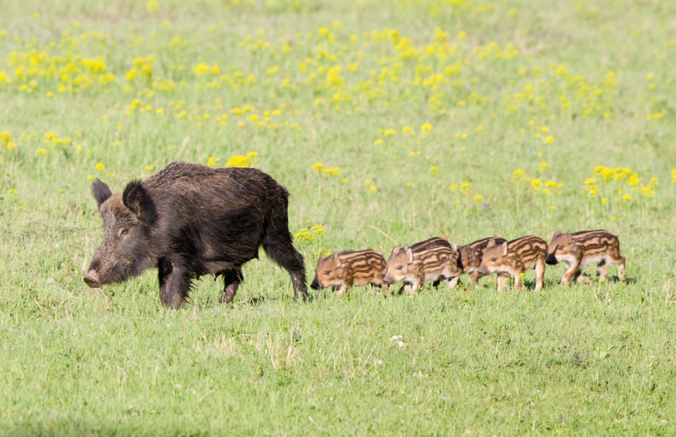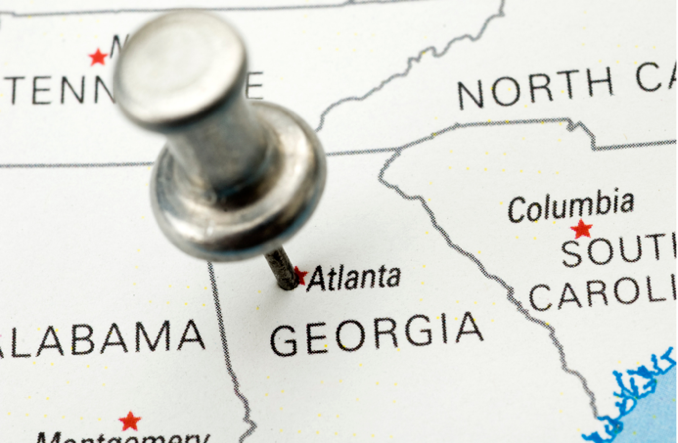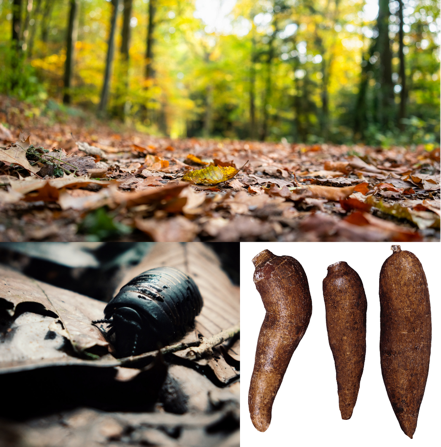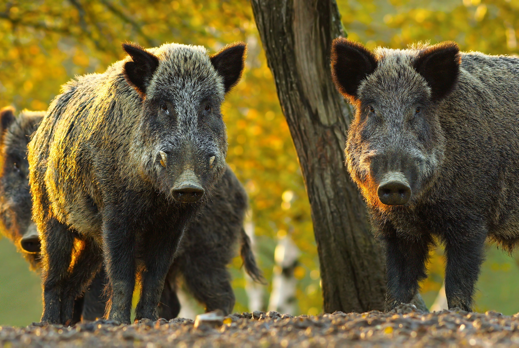
Wild boar, wild hogs or even just wild pigs, whatever you call them, they’re one of the most adaptable and successful of all mammals. So why not hook up a trail camera near you to catch some snaps of these powerful, intelligent animals packed with personality?
Hog cam

We’re going to be looking at setting up a trail camera to act as your hog cam, and where and when it’s best to do so.
If you have any questions after reading, or if you’d like to get in touch to learn more about trail cameras, please
contact us here. You can also visit our
Facebook page to message us directly.
Where?
Wild boar USA

Where to start? Well, natives of Europe and Asia, wild boar were only introduced to North America about 130 years ago. But as we mentioned, their adaptability and smarts mean they’re now widespread throughout the US, with around half of all wild boar found in the Southern United States. So, if you’re in this area, particularly Texas, you probably already know there are hogs aplenty!
If you’re in a State with known populations of wild boar, but still don’t know where to look for them, let’s narrow it down a bit…
Wild boar habitat

So, pretty much any area with a water source and dense vegetation for shelter can act as hog heaven. Common areas include swamplands, savannas, forests and scrublands.
But since these guys love their food but don’t want to work too hard for it, avoid anywhere that gets so hot or cold that food isn’t in plentiful supply.
Talking about food…
Wild boar locations

If you know anything about pigs, you know they love to forage for food. And on forest floors what they’re foraging for is bugs, roots and plant tubers. So, when looking where to hook up your trail camera, having it pointing to a leaf-covered forest floor should be your first tactic.
But wild boar don’t just forage for food, they’re also pretty partial to herbage, fruit and nuts. Basically, anything they can get their snouts to, I think you get the picture…

Plants like waterhyssop, pennywort, and acorns and wild grapes are favorites. If you’re good at spotting flora this can really help you to know where to place your trail camera for that perfect swine shot.
After a good feed we all like to take a nap...

Wild boar resting areas are shelters made of leaves, tree branches and hay. If you manage to locate such a place, you’re in for luck, since they usually sleep together in large numbers, so you’ll be able to capture large numbers on your cam.
Once you’ve narrowed down the habitat and likely locations, you’re going to want to look out for visible signs of pig presence…
Wild boar tracks

The first is obviously the tracks, which look a bit like deer tracks, but are spread out at the tip rather than meeting up.
Then there are holes near water sources like ponds or streams. The boar will dig a hole nearby and wallow in it to cool down, getting covered in mud of course in the process.
All this mud can also help us track them later on when they go for a good old scratch on a nearby tree. If you see mud-covered trees, your swine sensors should go off immediately.
Finally, their foraging, or rooting, leaves a tell-tale sign of their activity in the area. Look out for large troughs in the ground, made using their snouts.
When?
 Hog time
Hog time
Although wild boar are generally nocturnal, they are active for short periods during the day, early morning and dusk. So, if you want color photos, set the timer on your trail camera for these times of the day.
What next?
Thanks for reading and if you’re interested to learn more about a trail camera with night vision and timer features, super-fast trigger speed for capturing even the fastest-moving hog, plus crystal-clear 24MP photo resolution, take a look at our
WingHome 350C trail camera here.
As always, happy trails from the WingHome team!








